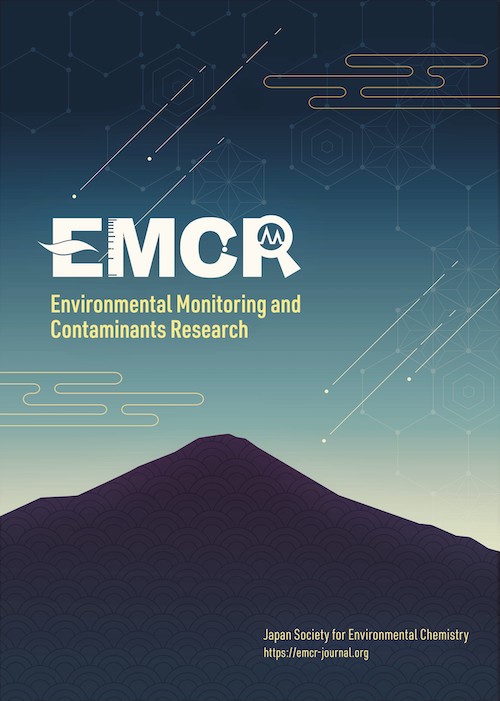Publication : « International pellet watch: Global monitoring of polybrominated diphenyl ethers (PBDEs) in plastic resin pellets » by Juan Baztan
Ohgaki, T., Takada. H., Yoshida, R., Mizukawa, K., Yeo, B. G., Alidoust, M., Hirai, N., Yamashita, R., Tokumaru, T., Watanabe, I., Onwona-Agyeman, S., Gardiner, P., Eriksen, M., Kelly, J. F., Rodríguez-Sierra, C. J., Colasse, L., Baztan, J., Barretto, F. P., Izar, G. M., Abessa, D., Zakaria, M. P., Kwan, C. S., Saha, M., Ryan, P. G., Weerts, S., Ofosu-Anim, J., Sabi, E. B., Akita, L. G., Tait, H., Eriksson, C. And Burton, H. (2021). International pellet watch: Global monitoring of polybrominated diphenyl ethers (PBDEs) in plastic resin pellets. Environmental Monitoring and Contaminants Research. Vol.1, pp.75–90, 2021 (hal-03322950)

Polybrominated diphenyl ethers (PBDEs) were measured in plastic resin pellets collected from 65 beaches across 27 countries worldwide. They were detected at 49 locations at concentrations of the sum of 49 congeners of up to 46 ng/g-pellet and a median of 2 ng/g-pellet. These values are one to two orders of magnitude lower than those of polychlorinated biphenyls (PCBs) (median, 51 ng/g-pellet). This difference can be attributed to lower production of the Penta-BDE technical mixture, which is used extensively in some countries, and lower availability of brominated flame retardants for equilibrium partitioning than PCBs. Tetra-, penta-, and hexa-brominated congeners (BDE-47, 99, 100, 153, 154) were dominant over a deca-substituted congener (BDE-209) in many samples; this was significantly detected in pellets from some locations. Results indicate that pellets reflect the pollution status of PBDEs in the dissolved phase in seawater. From the ranking of the summed concentrations of six major PBDE congeners (Σ6PBDEs), we propose five levels of pollution categorization (ng/g-pellet): no (<0.2), slight (0.2–0.78), moderate (0.78–2.6), high (2.6–8.5), and extreme (>8.5) local pollution. The USA and neighboring countries were categorized as extreme (17–36 ng/g-pellet), western Europe and Japan were categorized as high (≤8.8), and most Asian and African countries were categorized as slight (<0.8). Notably, extreme or high pollution levels were also observed in countries with no history of PBDE production, such as Ghana (Σ6PBDEs up to 16 ng/g-pellet), the Philippines (7.5), and Hong Kong (7.7). Scrapped electrical and electronic waste might explain these anomalously high values.



